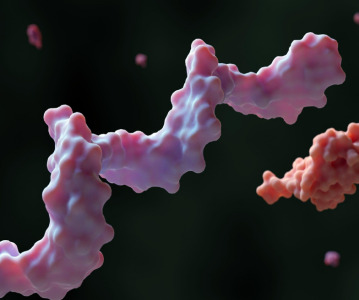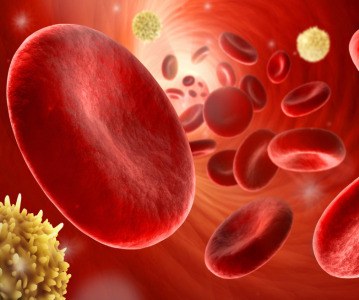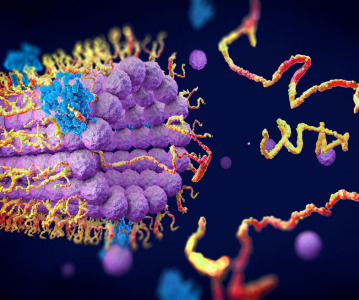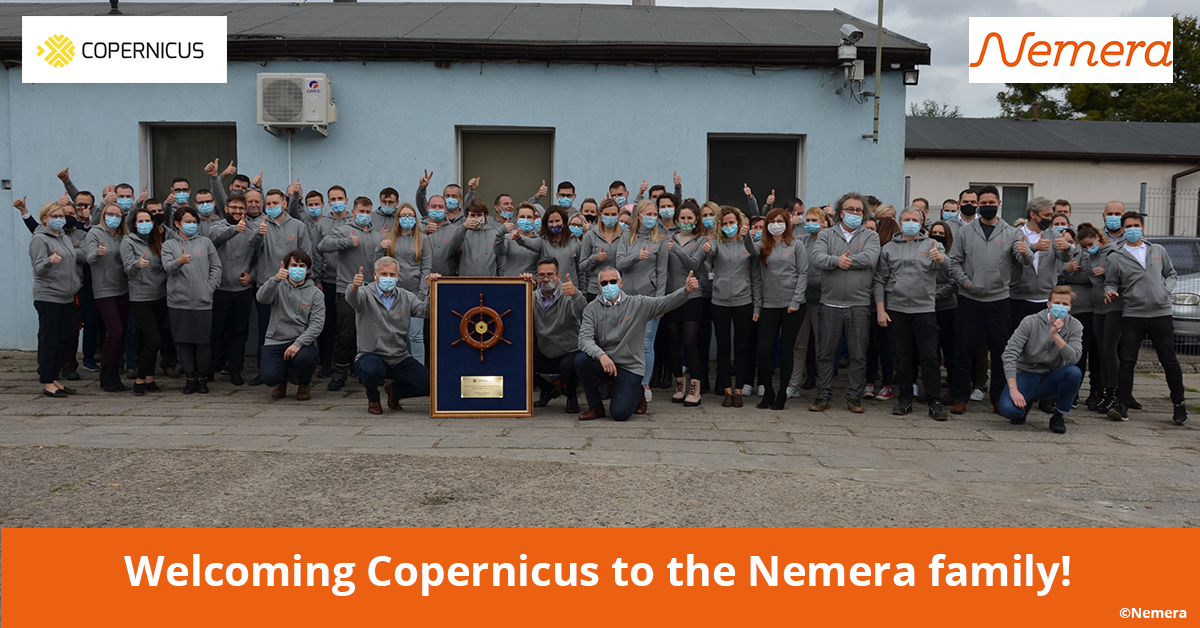Discovery Could Offer a New Target for Treatment of Brain Tumours

Biologists at MIT and the Whitehead Institute for Biomedical Research have discovered a vulnerability of brain cancer cells that could be exploited to develop more effective drugs against brain tumours.
The study, led by researchers from the Whitehead Institute and MIT’s Koch Institute for Integrative Cancer Research, found that a subset of glioblastoma tumour cells is dependent on a particular enzyme that breaks down the amino acid glycine. Without this enzyme, toxic metabolic byproducts build up inside the tumour cells, and they die.
Blocking this enzyme in glioblastoma cells could offer a new way to combat such tumours, says Dohoon Kim, a postdoc at the Whitehead Institute and lead author of the study, which appears in the 8 April online edition of Nature.
David Sabatini, a professor of biology at MIT and member of the Whitehead Institute, is the paper’s senior author. Matthew Vander Heiden, the Eisen and Chang Career Development Associate Professor of Biology and a member of the Koch Institute, also contributed to the research, along with members of his lab.
GLDC caught the researchers’ attention as they investigated diseases known as “inborn errors of metabolism,” which occur when cells are missing certain metabolic enzymes. Many of these disorders specifically affect brain development; the most common of these is phenylketonuria, marked by an inability to break down the amino acid phenylalanine. Such patients must avoid eating phenylalanine to prevent problems such as intellectual disability and seizures.
Loss of GLDC produces a disorder called nonketotic hyperglycinemia, which causes glycine to build up in the brain and can lead to severe mental retardation. GLDC is also often overactive in certain cells of glioblastoma, the most common and most aggressive type of brain tumour found in humans.
The researchers found that GLDC, which breaks down the amino acid glycine, is overexpressed only in glioblastoma cells that also have high levels of a gene called SHMT2, which converts the amino acid serine into glycine. Those cells are so dependent on GLDC that when they lose it, they die.
Further investigation revealed that SHMT2 is expressed most highly in cancer cells that live in so-called ischemic regions — areas that are very low in oxygen and nutrients. These regions are often found at the center of tumours, which are inaccessible to blood vessels. It turns out that in this low-oxygen environment, SHMT2 gives cells a survival edge because it can indirectly influence the activity of an enzyme called PKM2, which is part of the cell’s machinery for breaking down glucose.
Regulation of PKM2 can impact whether cells can generate the material to build new cancer cells, but the same regulation also affects the consumption of oxygen — a scarce resource in ischemic regions.
“Cells that have high SHMT2 activity have low PKM2 activity, and consequently low oxygen-consumption rates, which makes them better suited to survive in the ischemic tumour micro-environment,” Kim says.
However, this highly active SHMT2 also produces a glut of glycine, which the cell must break down using GLDC. Without GLDC, glycine enters a different metabolic pathway that generates toxic products that accumulate and kill the cell.
The finding also raises the possibility that these GLDC-dependent cells could be killed with drugs that block GLDC activity, according to the researchers, who are now seeking potential drug compounds that could do just that.
The research was funded by the American Brain Tumor Association, the National Institutes of Health, and the Koch Institute.
Related News
-
News Google-backed start-up raises US$600 million to support AI drug discovery and design
London-based Isomorphic Labs, an AI-driven drug design and development start-up backed by Google’s AI research lab DeepMind, has raised US$600 million in its first external funding round by Thrive Capital. The funding will provide further power t... -
News AstraZeneca to invest US$2.5 billion in Beijing R&D centre
Amid investigations of former AstraZeneca China head Leon Wang in 2024, AstraZeneca have outlined plans to establish its sixth global strategic R&D centre in China. Their aim is to further advance life sciences in China with major research and manufact... -
News Experimental drug for managing aortic valve stenosis shows promise
The new small molecule drug ataciguat is garnering attention for its potential to manage aortic valve stenosis, which may prevent the need for surgery and significantly improve patient experience. -
News How GLP-1 agonists are reshaping drug delivery innovations
GLP-1 agonist drug products like Ozempic, Wegovy, and Mounjaro have taken the healthcare industry by storm in recent years. Originally conceived as treatment for Type 2 diabetes, the weight-loss effects of these products have taken on unprecedented int... -
News A Day in the Life of a Start-Up Founder and CEO
At CPHI we work to support Start-Up companies in the pharmaceutical industry and recognise the expertise and innovative angles they bring to the field. Through our Start-Up Programme we have gotten to know some of these leaders, and in this Day in the ... -
News Biopharmaceutical manufacturing boost part of new UK government budget
In their national budget announced by the UK Labour Party, biopharmaceutical production and manufacturing are set to receive a significant boost in capital grants through the Life Sciences Innovative Manufacturing Fund (LSIMF). -
News CPHI Podcast Series: The power of proteins in antibody drug development
In the latest episode of the CPHI Podcast Series, Lucy Chard is joined by Thomas Cornell from Abzena to discuss protein engineering for drug design and development. -
News Amgen sues Samsung biologics unit over biosimilar for bone disease
Samsung Bioepis, the biologics unit of Samsung, has been issued a lawsuit brought forth by Amgen over proposed biosimilars of Amgen’s bone drugs Prolia and Xgeva.
Recently Visited
Position your company at the heart of the global Pharma industry with a CPHI Online membership
-
Your products and solutions visible to thousands of visitors within the largest Pharma marketplace
-
Generate high-quality, engaged leads for your business, all year round
-
Promote your business as the industry’s thought-leader by hosting your reports, brochures and videos within your profile
-
Your company’s profile boosted at all participating CPHI events
-
An easy-to-use platform with a detailed dashboard showing your leads and performance







.png)



